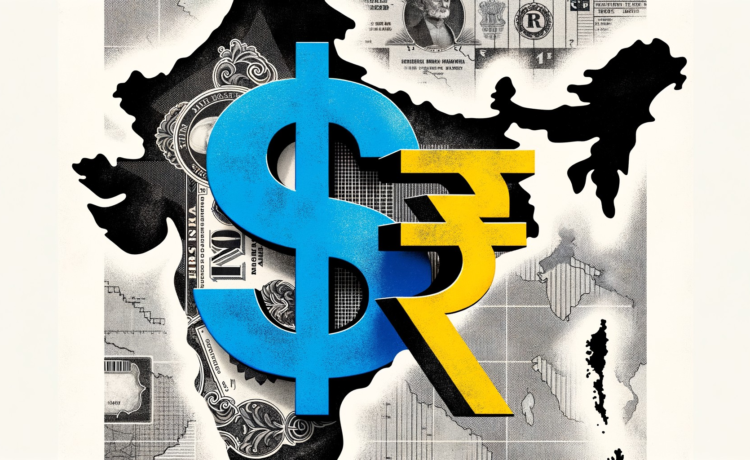What’s going on here?
The Indian rupee hit a new low, trading at 83.4875 to the US dollar on June 26, 2024, as persistent dollar demand and US interest rate concerns weigh it down.
What does this mean?
Persistent dollar demand from public sector banks, driven mainly by the monthly expiry of currency futures, contributed to the rupee’s decline from 83.4325 in the previous session. High US interest rates and comments from a top Federal Reserve official supporting more rate hikes if inflation doesn’t ease further exacerbated the situation. The RBI’s daily fixing showed a slight premium, hinting at sustained dollar demand. Traders are now closely watching upcoming US PCE inflation data. The inclusion of Indian bonds in the JPMorgan emerging market index on June 28 offers some hope, but uncertainty remains about the size and timing of these inflows.
Why should I care?
For markets: Rupee’s struggle reflects broader trends.
The rupee’s fall reflects broader Asian currency declines, with peers dipping between 0.1% to 0.4%, and the Chinese yuan trading below 7.29 to the dollar. This regional trend is driven by fears of prolonged high US interest rates, which make the dollar more attractive to investors. For market watchers, this trend signals potential volatility and opportunities in forex trading, especially as they await the PCE data that could further influence sentiment.
The bigger picture: Global dynamics at play.
The rupee’s decline isn’t just about local factors; it’s a snapshot of global economic shifts. High US interest rates and Federal Reserve policies are major global influencers, affecting currency markets worldwide. The anticipation around the JPMorgan index inclusion reflects India’s increasing integration into global financial systems. However, these dynamics also underline the vulnerabilities that come with global market dependencies, especially for emerging economies.

